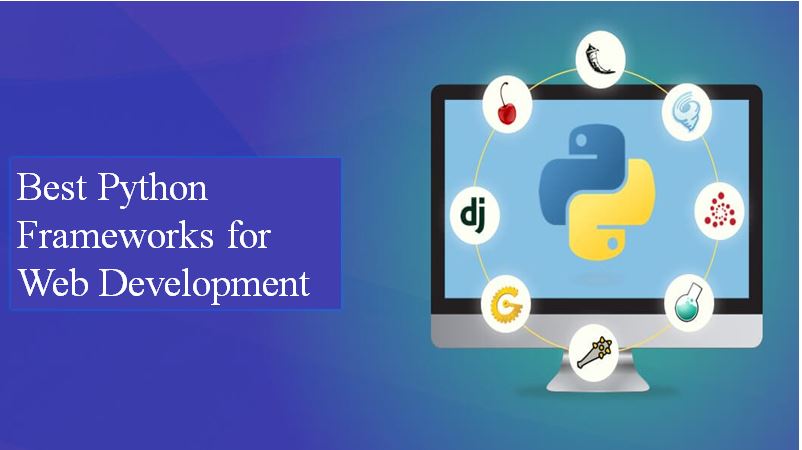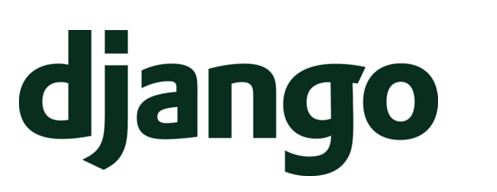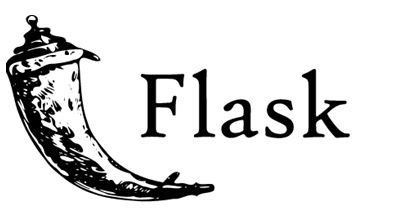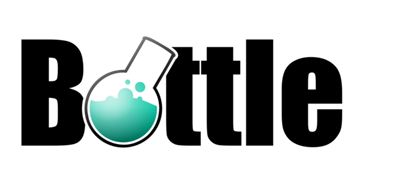
Top 5 Frameworks in Python for Web Development
Python Programming language has numerous applications with regards to implementation. Web development being one of the applications, there is a pressing need to comprehend which framework will fill your need in the most way possible. In this article, we will understand the key highlights of the top 5 python frameworks. Following are the topics covered in this blog:
- What Are Frameworks In Python?
- Why Use A Framework?
- Library vs Framework
- Top 5 Frameworks In Python
- Django
- Web2Py
- Flask
- Bottle
- CherryPy
What Are Frameworks in Python?
A framework is a collection of modules or packages which helps in building web applications. While working on frameworks in python we don’t need to worry about the low-level details such as protocols, sockets or thread management.
Frameworks automate the normal implementation of common solutions which gives the flexibility to the users to focus on the application logic instead of the essential routine processes.
Frameworks make the life of web developers simpler by giving them a structure for app development. They give common patterns in a web application that are quick, reliable and effectively maintainable.
Let’s have a look at a few operations involved in a web application using a web framework:
- Url Routing – Routing is the system of mapping the URL directly to the code that makes the web page.
- Input form handling and validation – Suppose you have a form which takes some input, the idea is to validate the data and afterward save it.
- Output formats with template engine – A template engine permits the developers to generate desired content types like HTML, XML, JSON.
- Database connection – Database connection configuration and persistent data manipulation through an ORM.
- Web security – Frameworks give web protection against cross-site request forgery otherwise known asCSRF, sql injection, cross-site scripting and other regular malicious attacks.
- Session storage and retrieval – Data stored in the session storage gets cleared when the page session closes.
Advantages Of Frameworks
- Open-source
- Good documentation
- Efficient
- Secure
- Integration
Why to Use A Framework?
Frameworks make it simpler to reuse the code for regular HTTP operations. They structure the activities in a way such that the other developers with the knowledge of the framework can easily build and maintain the application.
Library vs Framework
| Library | Framework |
| Less complex | More complex |
| You are in control, when you call a method from a library, | The control is inverted, the frameworks calls you. |
| A library performs specific operations. | A framework contains the basic flow, the user builds the rest. |
The main advantage of using a framework rather than a library is the flexibility. They are extensible and gives us with the important tools to extend its features.
At the point when you have a library, you have to gain proficiency with every to perform specific operations. But with frameworks it turns out to be moderately easy due to the structured control of the stream. simply need to coordinate our operations using a certain operation using the functionalities previously existing in the framework.
In spite of the fact that there are a lot of frameworks accessible in the market for web development, below are the top 5 frameworks in python.
Top 5 Frameworks in Python
Based upon the functionalities and highlighting features they provide to the user, below are top 5 frameworks in python, both micro-frameworks and full-stack frameworks.
- Django
- Web2Py
- Flask
- Bottle
- CherryPy
Let us take a quick look at the difference between the terms mentioned below:
Difference between a micro-framework and a full-stack framework?
| Micro-framework | Full-stack framework |
| simple and easy to use | Complex and does the heavy lifting |
| url routing is RESTful often | Need not be RESTful |
| A good choice for small applications | Can be used to make any applications |
| Use WSGI and work through HTTP request/response. | Provide libraries, template engines, database management etc. |
Django
Django is an open-source and free full-stack python framework, it includes all the necessary features by default.

It follows the principle of DRY, which says don’t repeat yourselves. Django utilizes its ORM mappers to map objects to database tables. An ORM or object relational mapper is a code library which helps in manipulating the data from a database using the object-oriented paradigm.
The principle databases that django works on are PostgreSQL, MySQL, SQLite, Oracle. It can likewise work with other databases using outsider drivers.
Some of the typical features of django web frameworks are:
- Authentication
- URL routing
- Template engine
- ORM
- Database Schema migrations
Developer provides the model, view and the template. User then maps it to the url and then remaining is done by django to serve it to the user.
Web2Py
Web2Py is open source, versatile and a full-stack framework. It does not support python 3 and accompanies with its own web-based IDE which also incorporates a separate code editor, debugger and a single click deployment.

Following are the features of Web2Py framework:
- It does not have any prerequisites for installation and configuration
- It can run on different platforms. Example- windows, mac, linux etc.
- Comes with a capacity to read multiple protocols
- Web2Py gives data security against vulnerabilities like cross site scripting, sql injection and other malicious attacks.
- It has an error tracking mechanism through an error logging and ticketing system.
- Also has role-based access control
- There is backward compatibility which guarantees user-oriented advancement without the need to lose any ties with prior adaptations.
Flask
Flask is a micro-framework. It is lightweight and its modular design makes it effectively adaptable to developer’s needs. It has a various out of the box features listed below:

- Built-in development server
- A fast debugger
- Integrated support for unit testing
- RESTful request dispatching
- Jinja2 templating
- Secure cookies support
- Unicode-based
- WSGI compliance
- Ability to plug any ORM
- HTTP request handling
Bottle
Bottle is a micro-framework that is initially meant for building APIs, bottle implements the whole thing in a single source file. It has no dependencies at all apart from the python standard library.

The default features include the following:
- Routing
- Templating
- Access to form data, file uploads, cookies, headers etc.
- Abstraction layer over the WSGI standard
- A built-in development server that supports any other WSGI-capable HTTP server.
Bottle is perfect for developing simple personal applications, prototyping and learning the organization of web frameworks.
CherryPy
CherryPy is an open-source popular framework that follows the minimalist approach in building web applications. It allows developers in building web applications in the same way as they build another object-oriented python program.

CherryPy permits us to use any type of technology for making templates and data access. It is still able to deal sessions, cookies, statics, file uploads and everything else a web framework naturally can.
Following are some key features of CherryPy:
- An HTTP WSGI compliant thread pooled web server
- It has simplicity of running multiple HTTP servers at once
- A flexible plugin system
- Caching
- Encoding
- Authentication
- Built-in support for profiling, coverage and testing
- Ability to run on different platforms
While picking a framework for any task you should keep in mind the functionalities and features that it accompanies. The specifications and the ability of a framework to adapt up with those prerequisites will decide the performance of your project.



